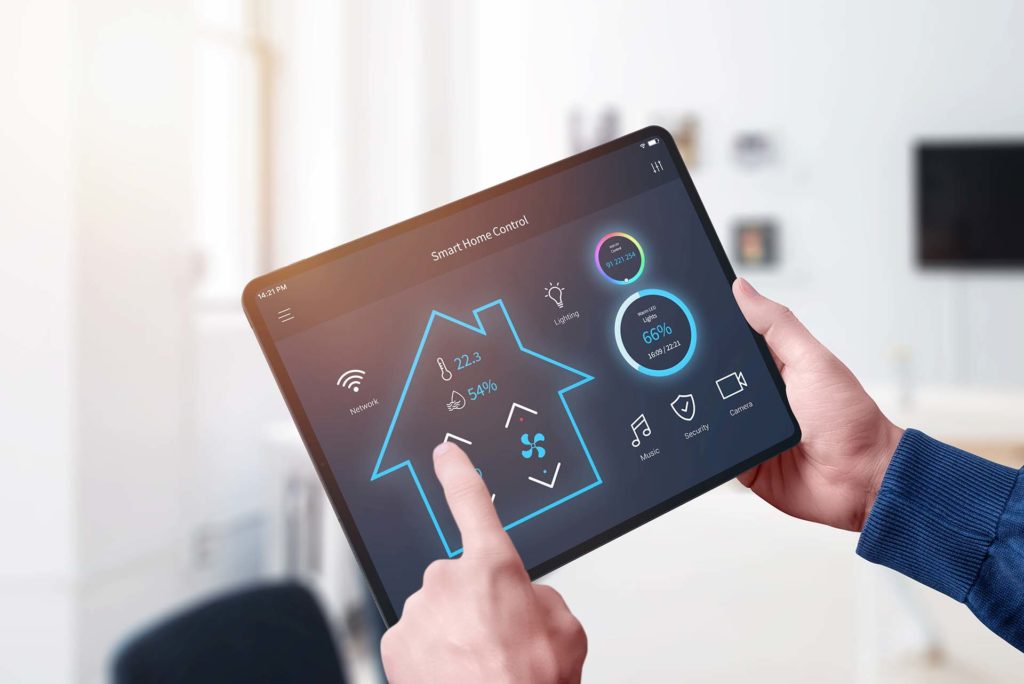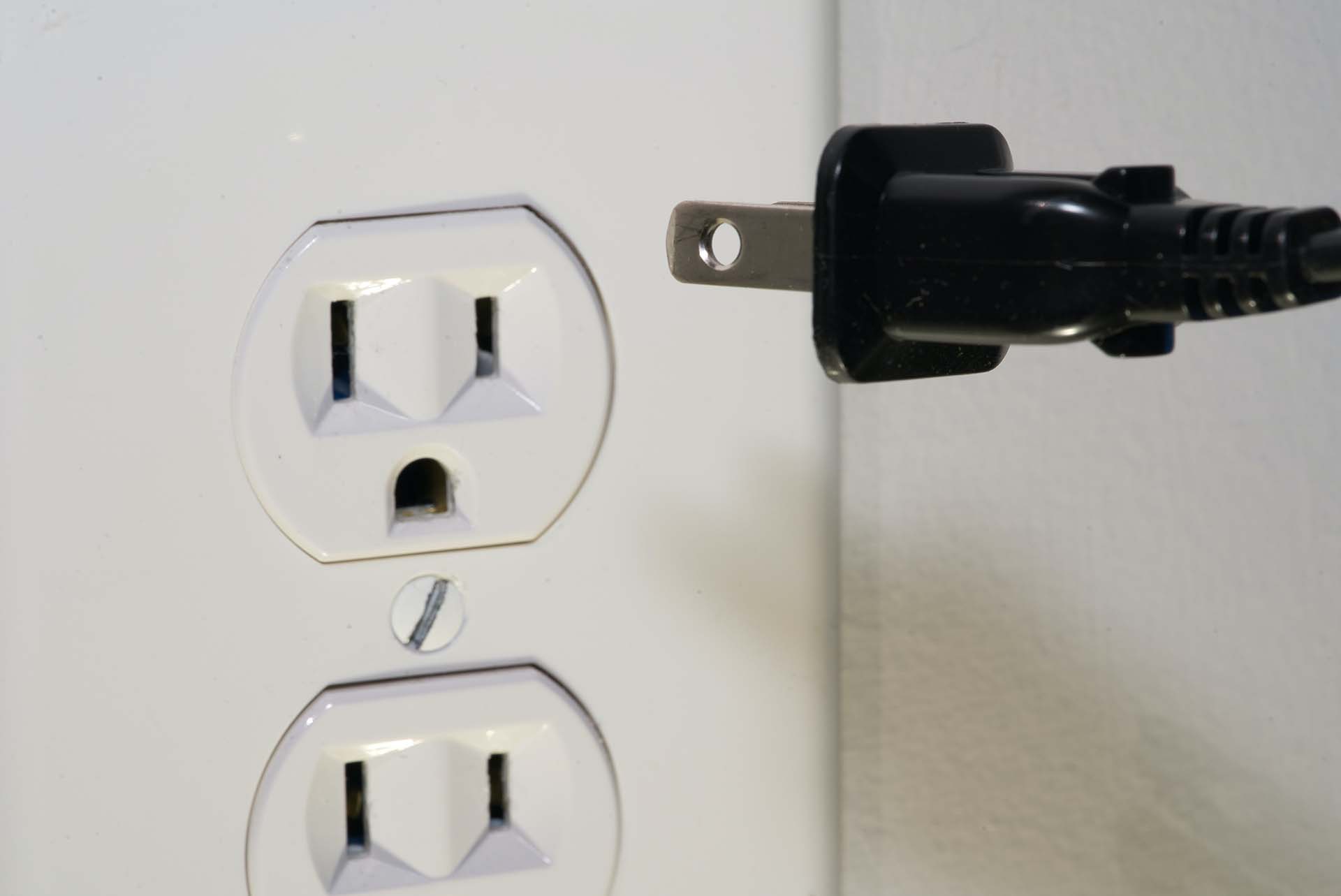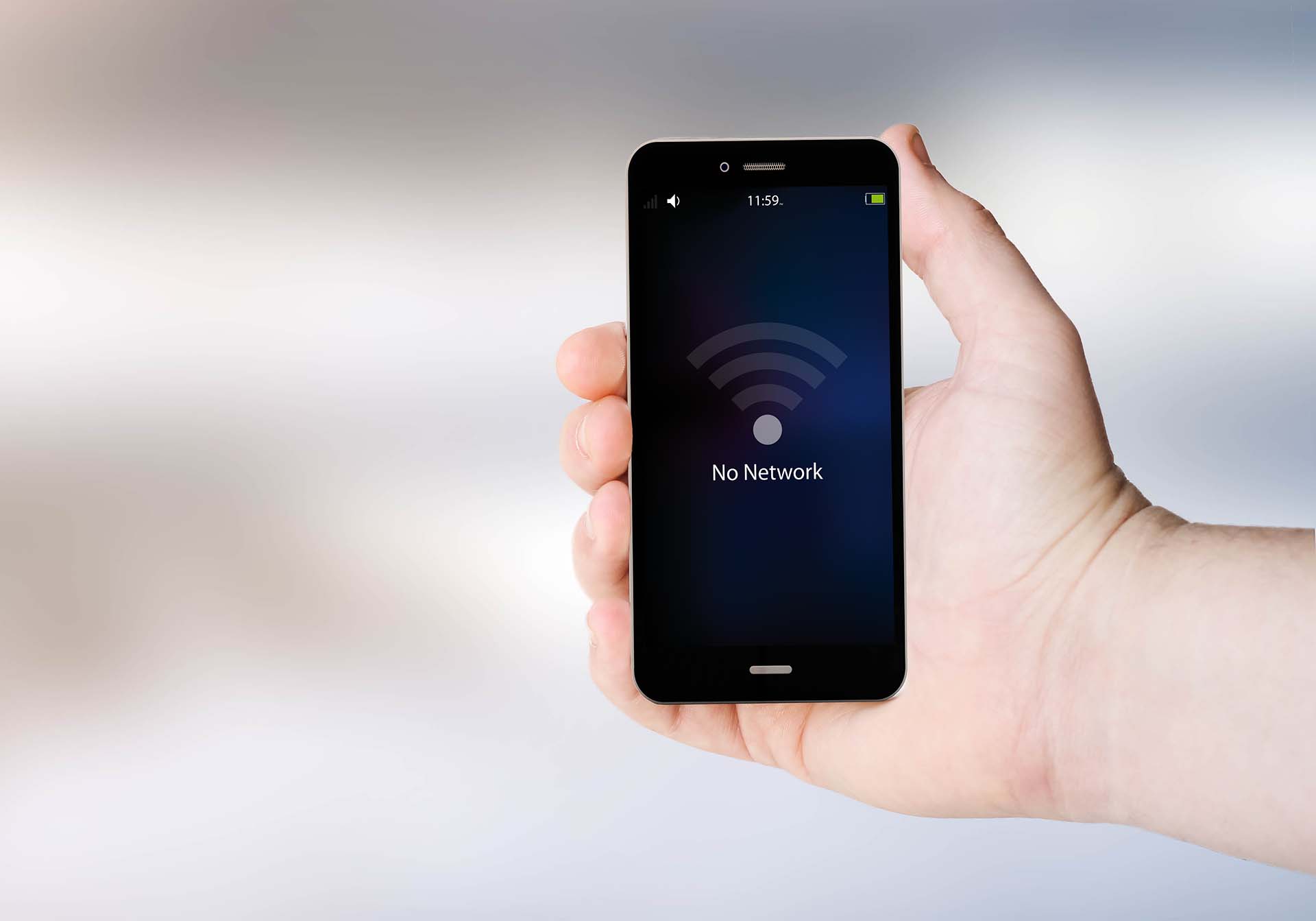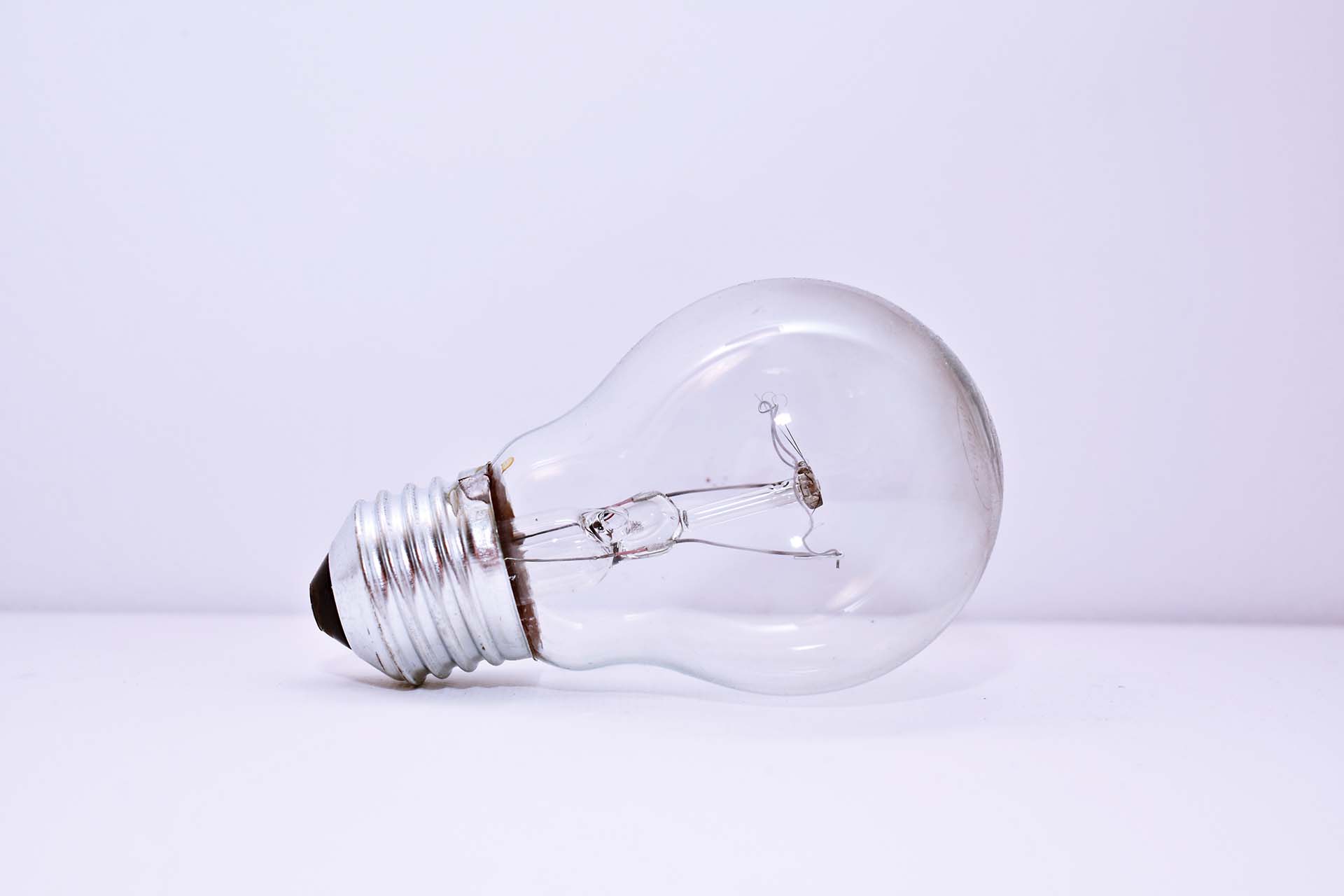Issuing a voice command to turn on the lights or play the radio is what gets most people to become interested in getting a smart home automation system. However, in order to enable voice commands and other options, it needs to be installed first, and configuring smart house systems can be quite challenging, especially if you are new to this technology.
Putting a Smart Home System Together to Work Adequately Requires a Lot of Learning
Automation home technology is still rather new, and people who are unfamiliar with the concept will have to do research on how to install and use everything properly. The thing is, due to the increasing competition on the market, both software and hardware developers are not making it easier since each company wants to make its products unique. This has led to the issue of incompatibility (this will be discussed later,) which creates a lot of confusion and can potentially create unnecessary expenses. All in all, you’ll have to read manual instructions carefully.
The Building Has to Be Tested First to Determine Whether It Can Support a Smart Home System
Before you can think about installing a system, you first need to make sure to check whether your building has adequate electrical and internet installations that can support this new technology. Older buildings often have to be completely overhauled so as to support these systems and devices. Unfortunately, this can cost a lot of money and time, but there is no other way to solve this problem.
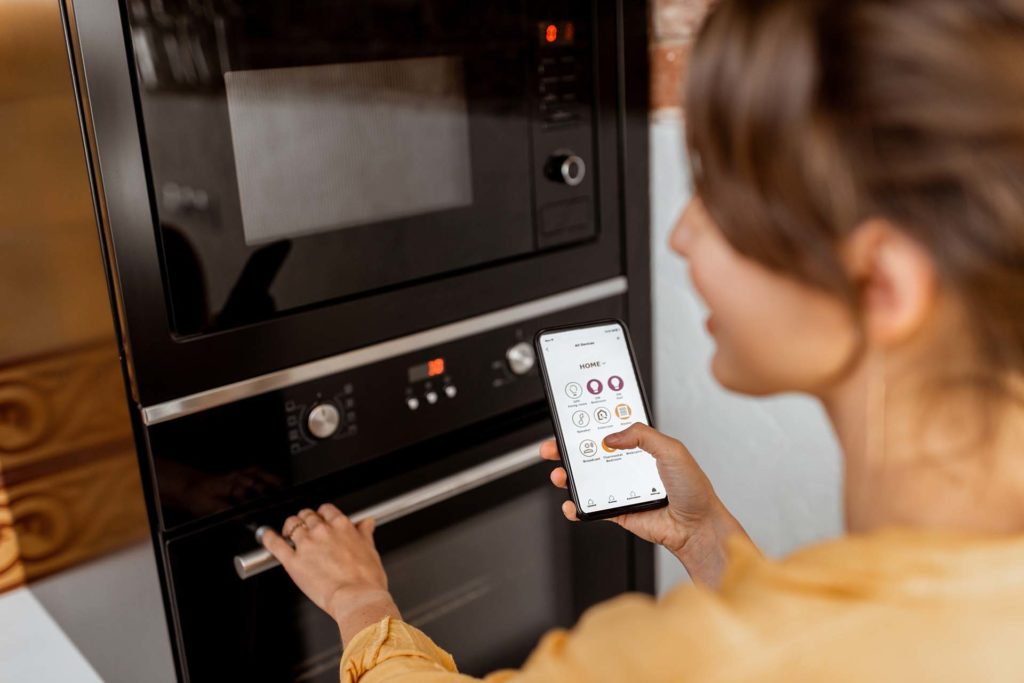
Cost Depends on the Extent of House Automation
At the moment, there are three different sources of expenditure when it comes to house automation systems, and fortunately, basic features like a light bulb with voice activation have become pretty standard and do not cost much anymore:
- For all one-time purchases (gadgets that don’t require any subscriptions, only Google Nest or Amazon Alexa, for example,) you’ll most likely spend between 100 and 3,000 dollars. Now, a basic house automation system often consists of lights, security locks, cameras, and some form of entertainment and usually costs around 1,000 dollars.
- Now, there are many features like Amazon Echo or Google Nest Audio that require subscriptions. Such devices are called subscriptions-based, and the average price range is between 500 and 1,500 dollars per year.
- Finally, you can install many custom features. As this technology is developing, so are new features and options constantly being introduced. Although there is no clear figure, it is estimated that people spend between 2,000 and 150,000 dollars on such things, which shows how many different things are available.
As mentioned before, some buildings lack adequate installations. The prices for setup depend on the size of the house, but some general figures show that an average household will spend 3,000 dollars the most, while the luxury houses often pass the 100,000 dollar mark. Finally, these installations cannot be set up without manual labor, and the usual price is around 90 dollars per hour.
For the Best Spending Review, Controlling Smart Energy Consumption Is Necessary
The house automation system with its gadgets will use energy. Luckily, one of the main aims of this technology is to reduce energy consumption, and most of the devices will not affect your electricity bill much. Nonetheless, the bill will be higher. Here are some examples to get a clearer idea of energy consumption.
| Eight Amazon Echo speakers | 16 watts |
| Three Google Nest cameras | 27 watts |
| Raspberry PI home hub | 4 watts |
| Ten Wi-Fi plugs | 20 watts |
| One Wyze light color bulb | 12 watts |
As you can see, these gadgets do not consume too much energy. Cameras (especially the outdoor ones) and lights usually consume the most energy since they are most frequently activated and for the longest periods of time, so you could possibly reduce electricity consumption by getting fewer cameras. All things considered, our state-of-the-art system will provide you with energy metering that will make energy reduction more than possible.
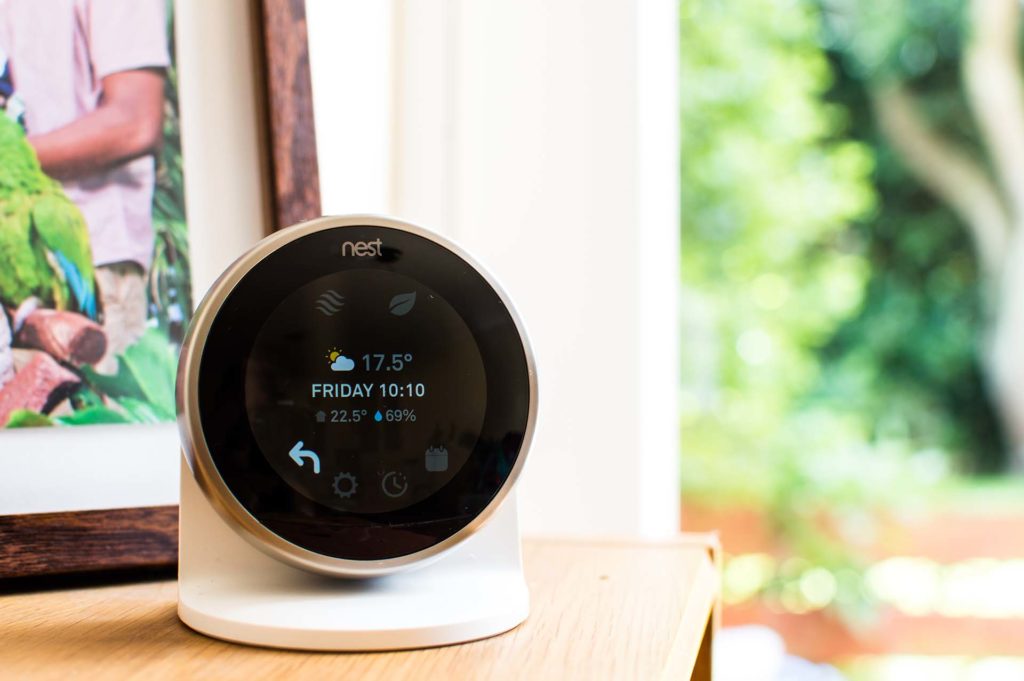
WI-Fi Plugs and Routers Are Necessary When Establishing a Smart Home System
All modern technology of this kind depends on Wi-Fi networks (our new system can operate without Wi-Fi, which is a major breakthrough,) and if the network is not stable and strong, a device and its app will most likely function poorly. In theory, a router could support 250 or so devices because that is the upper limit of IP addresses that could be assigned.
However, in practice, the story is different. Manufacturers often advertise that their modern routers (Wi-Fi 5 and Wi-Fi 6 generations) can support around 150 devices which is indeed a great number, but a lot will depend on the quality of the network and what bandwidth a device requires. Different gadgets require different levels of bandwidth, and Wi-Fi signal is often unevenly spread, which often leads to total unresponsiveness from a device. Therefore, especially if you plan to install a significant number of these gadgets, you’ll have to test the speed of the internet that the Wi-Fi router is emitting.
Try to Stick With One Router and Password if You Are Using a Wi-Fi Network
When connecting all gadgets to your network, you’ll have to configure each one individually in order to control them. Nowadays, people who use house systems usually have at least fifteen or twenty gadgets, and when you reset the password or change the router, the entire process of configuration will have to be performed manually again. This can take a lot of time, especially if you are not a tech-savvy person.
We’ve Solved the Issue of Complete Dependency on Wi-Fi Network
What happens when the Wi-Fi network, for some reason, stops working? Well, all your gadgets will automatically turn off. In other words, you have to be prepared for such situations as they can cause some serious problems. For example, there have been cases where the door lock stopped working because there was no signal which meant that people couldn’t enter their own houses. However, our technology has completely removed Wi-Fi from the picture, and problems like these will be a thing of the past.
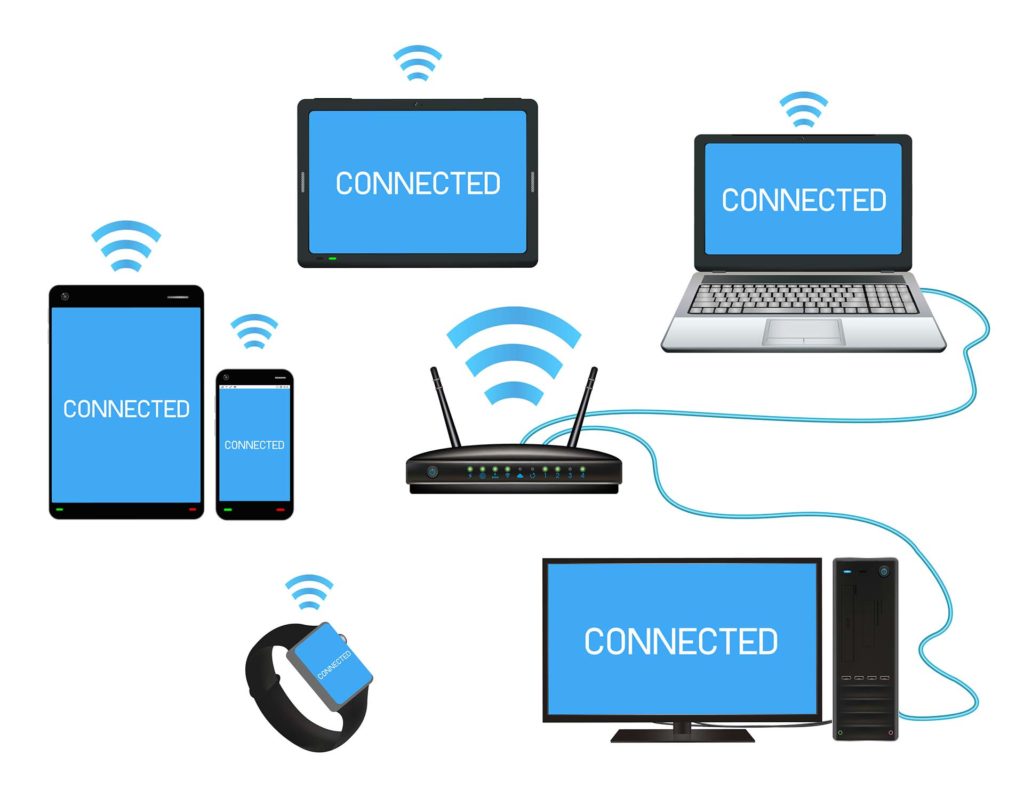
Does This Device Work With Amazon or Google Assistant? Compatibility Is a Major Source of Confusion
The competition has become rather stiff in the market. Nowadays, there are, for example, numerous voice assistants like Siri, Amazon Alexa, Google Assistant, HomeKit, and Cortana. The thing is, each of these programs will be compatible only with certain gadgets, and you have to be careful when buying. Fortunately, nowadays, there are compatibility tables on the internet for each software, so it is best to check whether a device works with a certain program is not that hard.
Is a Hub Necessary for a House Automation System?
A hub is a device that all gadgets are connected to. Basically, it acts as the main panel from which you control all your gadgets and monitor their activity. Nowadays, it cannot be said that a hub is necessary. You can control most of the gadgets using an app on your smartphone or via Bluetooth or Wi-Fi connection. However, a hub still provides a greater degree of convenience for controlling, and it’s especially useful for people who possess a greater number of gadgets.
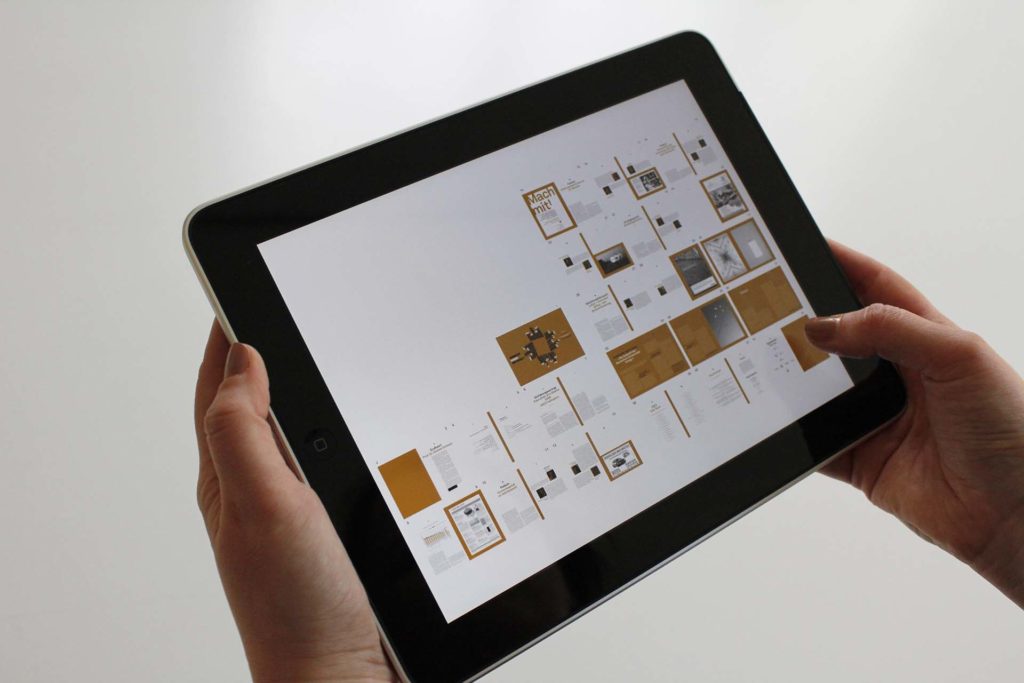
Will My Private Information Be Safe? The Issue of Privacy and Security Has to Be Addressed From the Start
It has become a well-known fact that major IT corporations collect our data, and their excuse is that they are using it to improve their services. So, for example, when setting up the Google Assistant, you’ll have to use your email address, which means that there will be a constant exchange of information between the gadgets and your smartphone. Why is that? All major IT corporations have set up a shared cloud where all the data from their users is stored and available to be used (exploited). Therefore, when you connect a light bulb to software, some person out there has the potential to know exactly when you turn on and off your lights.
Some people find this uncomfortable, and rightfully so. However, there are no concrete preemptive measures that will block this data exchange. You could, for example, read the terms and regulations of each app before you install them, but most likely, you’ll have to consent to give away some data in each case.
These Gadgets Can Be Hacked Into, and You Need to Be Extremely Careful With Your Passwords
Up until recently, a hacker taking control of a house camera and constantly monitoring someone’s activity was a thing seen in movies. However, with the rise of this technology, this scenario can easily become a reality if you are not careful with your passwords. First of all, you need to set up strong passwords for maximum security, and it’s highly recommended to have a single password for each product. However, imagine having to memorize a hundred different passwords for all your gadgets. It simply isn’t feasible. Therefore, you have to be extremely careful about what programs and software you connect your gadgets to and to whom you give your passwords.
We’ve Created a Completely Independent House System With Maximum Security
First of all, we are not affiliated with any major IT corporation. Therefore, we are not part of any shared cloud. When you install our system, you’ll automatically receive a personal cloud where all the information will be stored. It will be your personal responsibility to decide whether you want to share your data if some company asks you to do so. Furthermore, our system is impenetrable to any hacking attempts since we have incorporated blockchain technology. This is one of the best encryption systems that is mainly used for protecting cryptocurrency. Here is a useful video that provides further information on blockchain technology.
If You Have the Means, Consider Acquiring Surge Protection
Although these gadgets are not as susceptible to voltage fluctuations as TVs and computers, a high voltage spike can still cause complete internal malfunction sometimes. And, if several devices are connected together, the damage will be all the greater. In theory, you can buy a single surge protector for each device, but this will be cost-ineffective, to say the least. If you want to acquire such protection, it is best to call an electrician and have him set up a complete house surge protection outside.

Configuring Smart House Systems Requires Time if You Are Not a Tech Expert
As you can see, this task is by no means simple and requires a lot of research. The technology is still rather unknown, and issues like network limitations and privacy are becoming problems that are not easily solved. However, our new technology offers the best solutions that completely eradicate these issues, and we hope to begin a new era of house automation systems.


